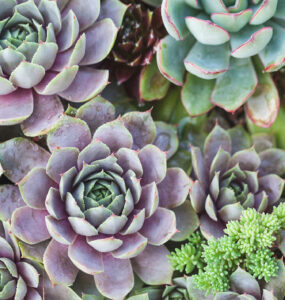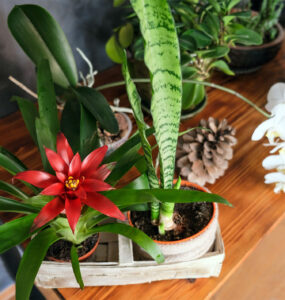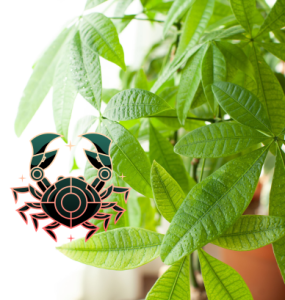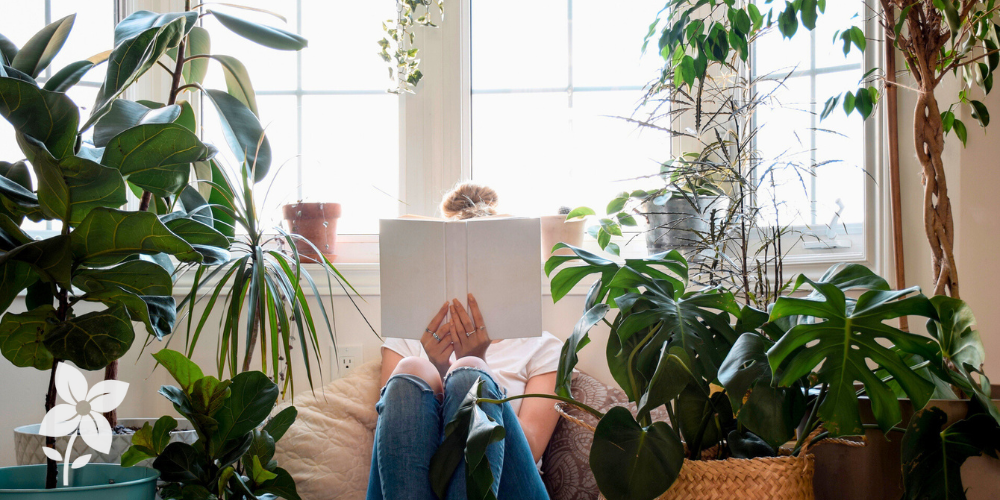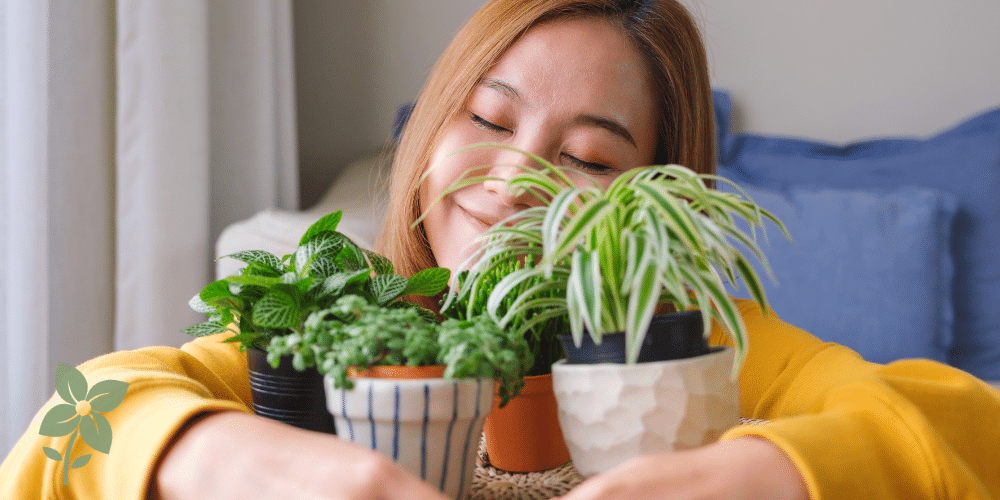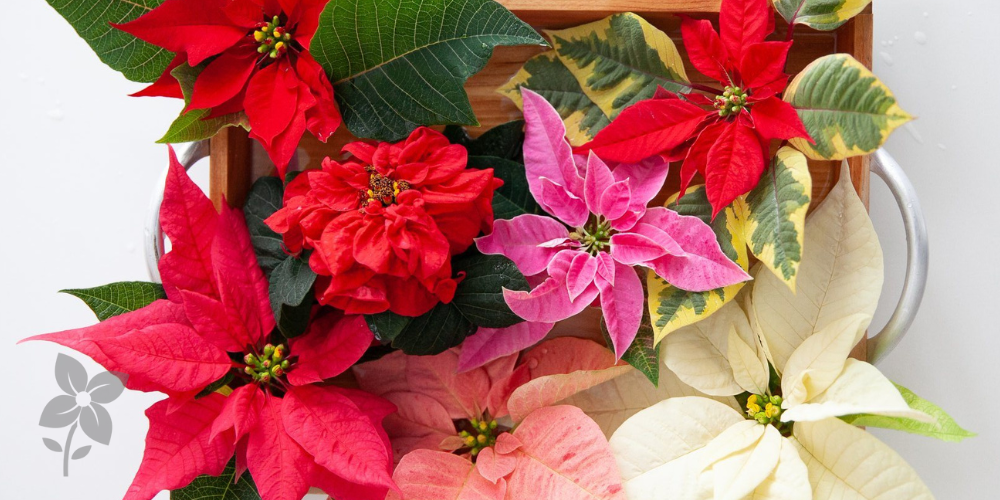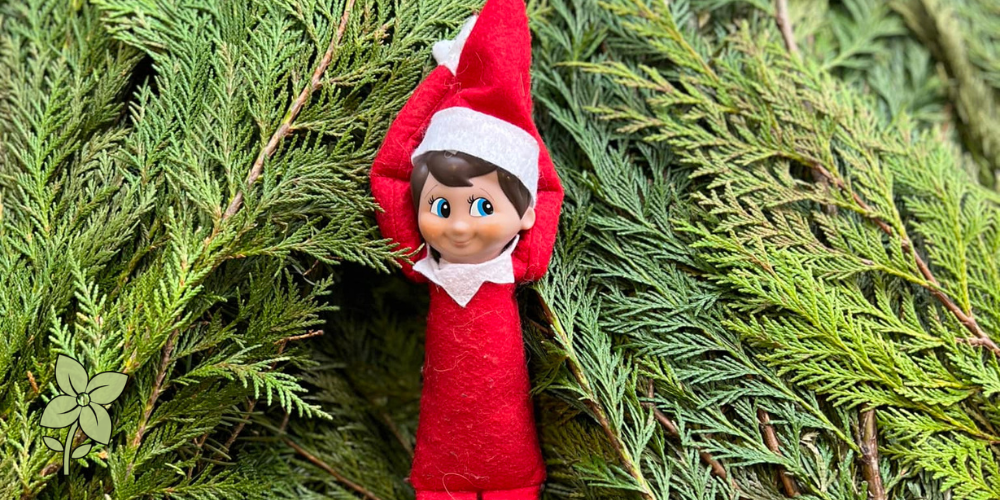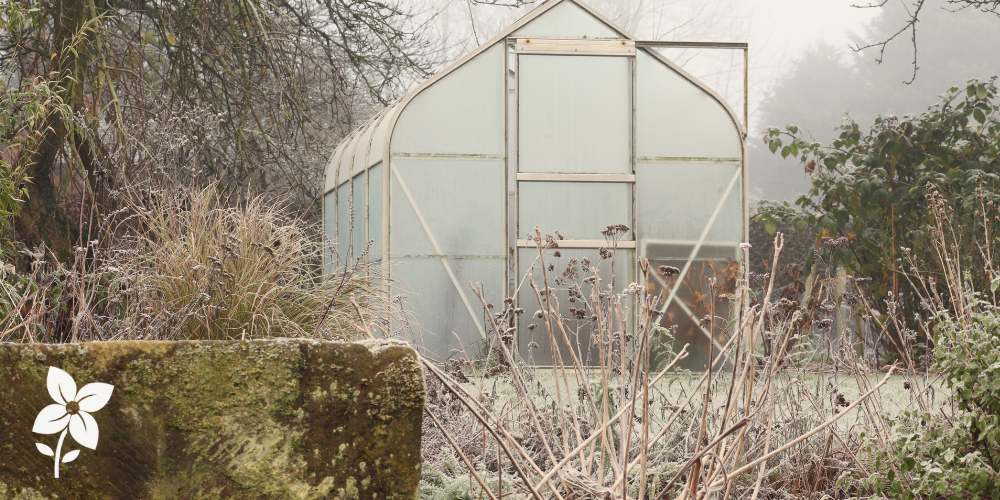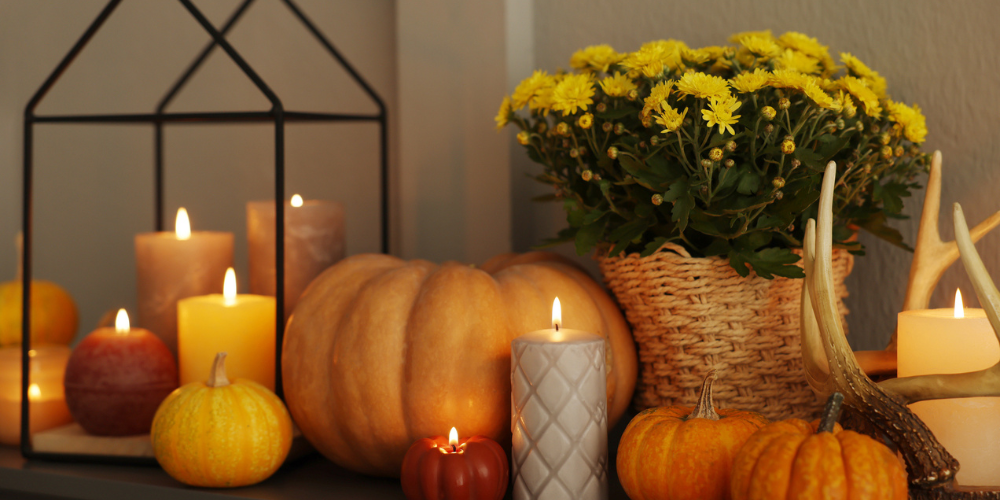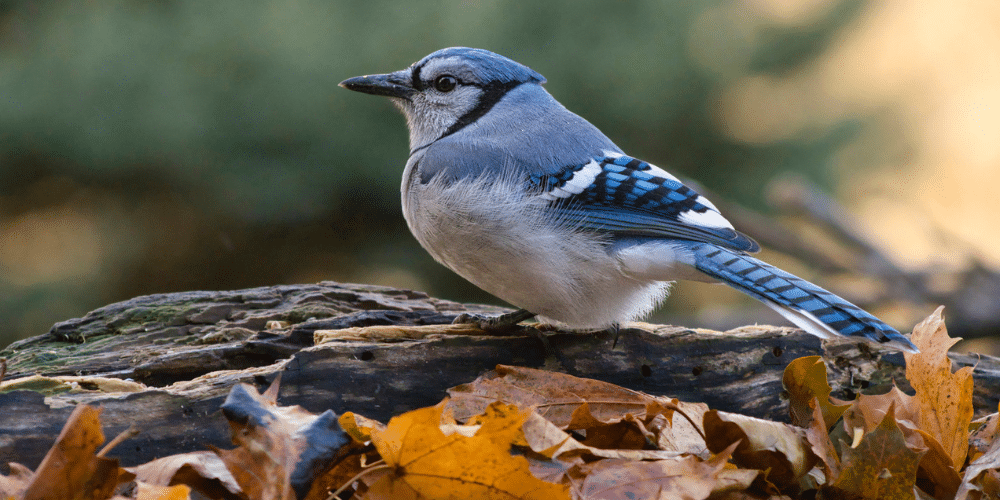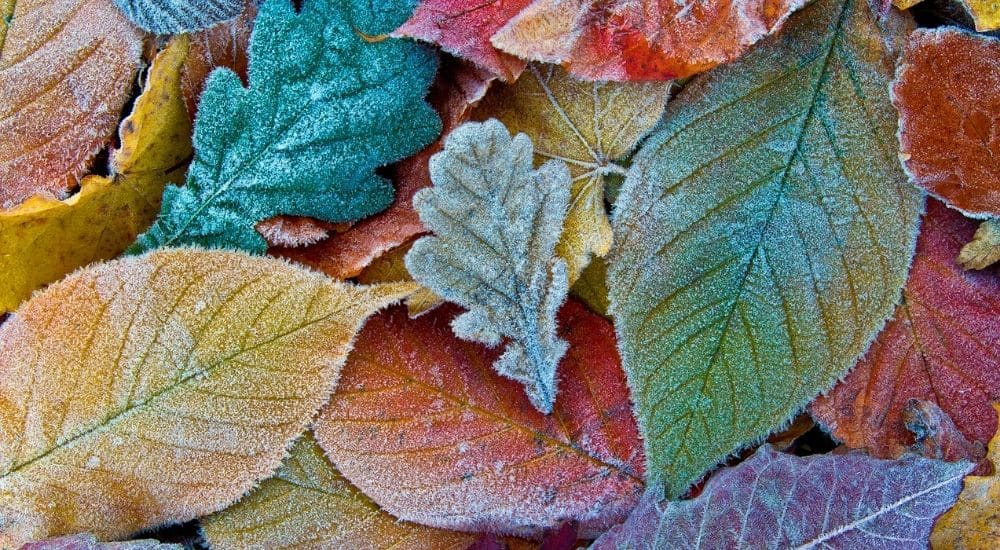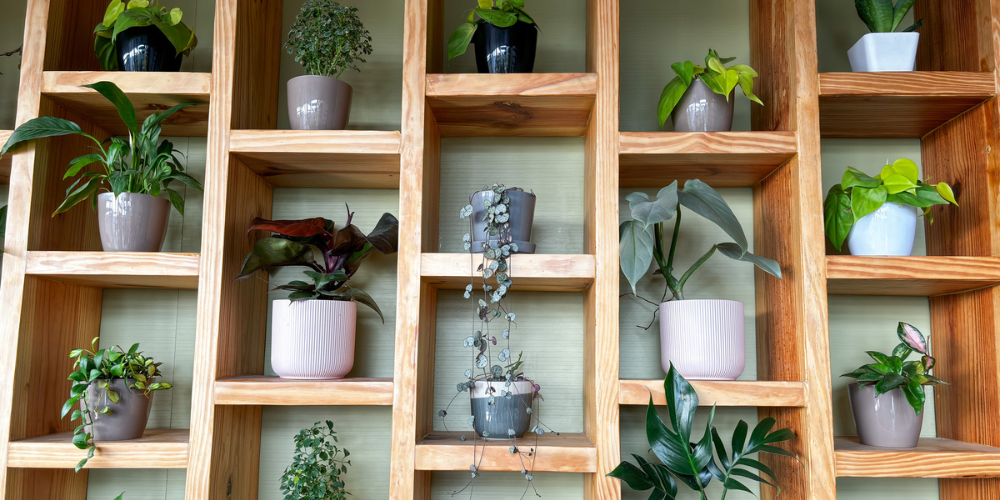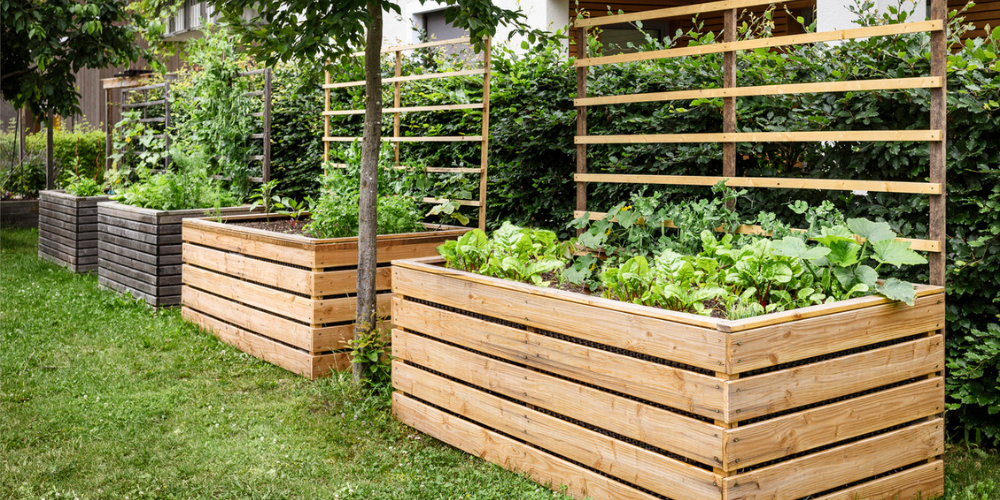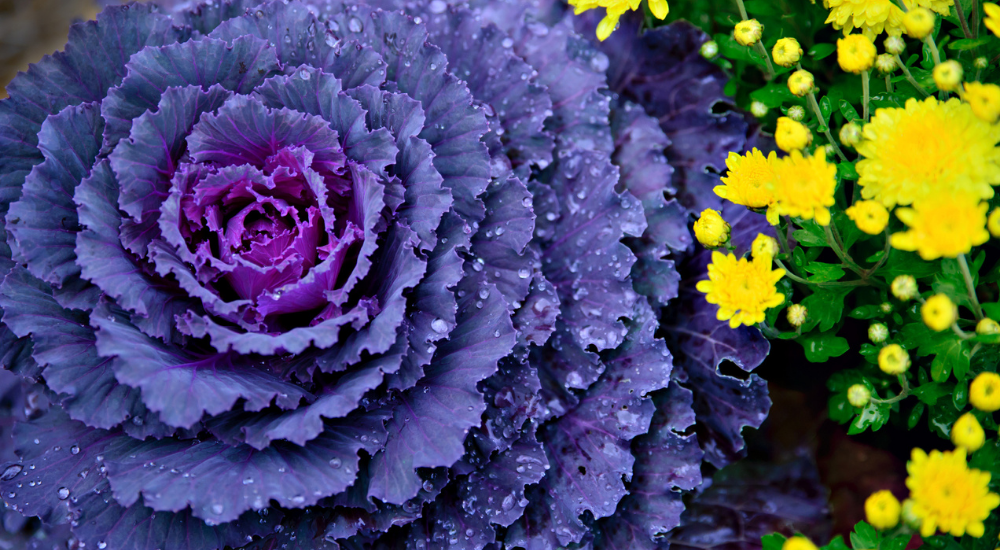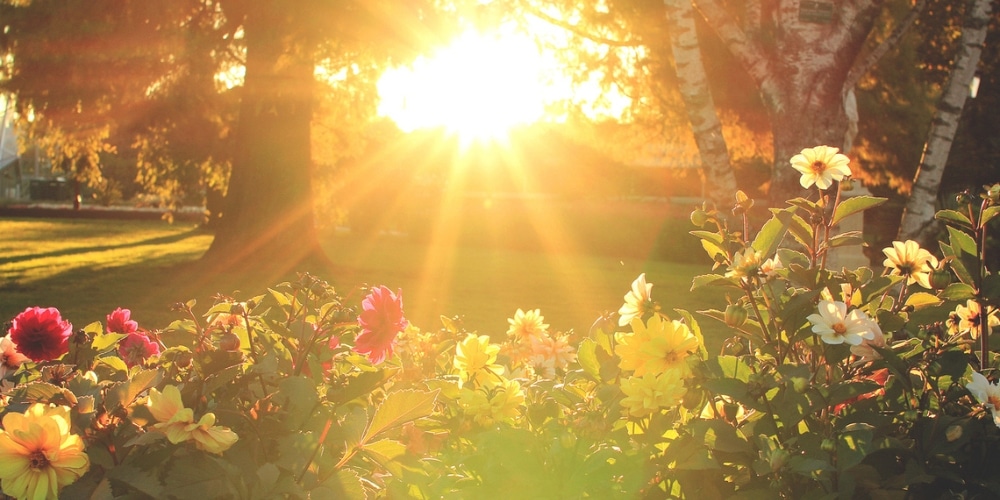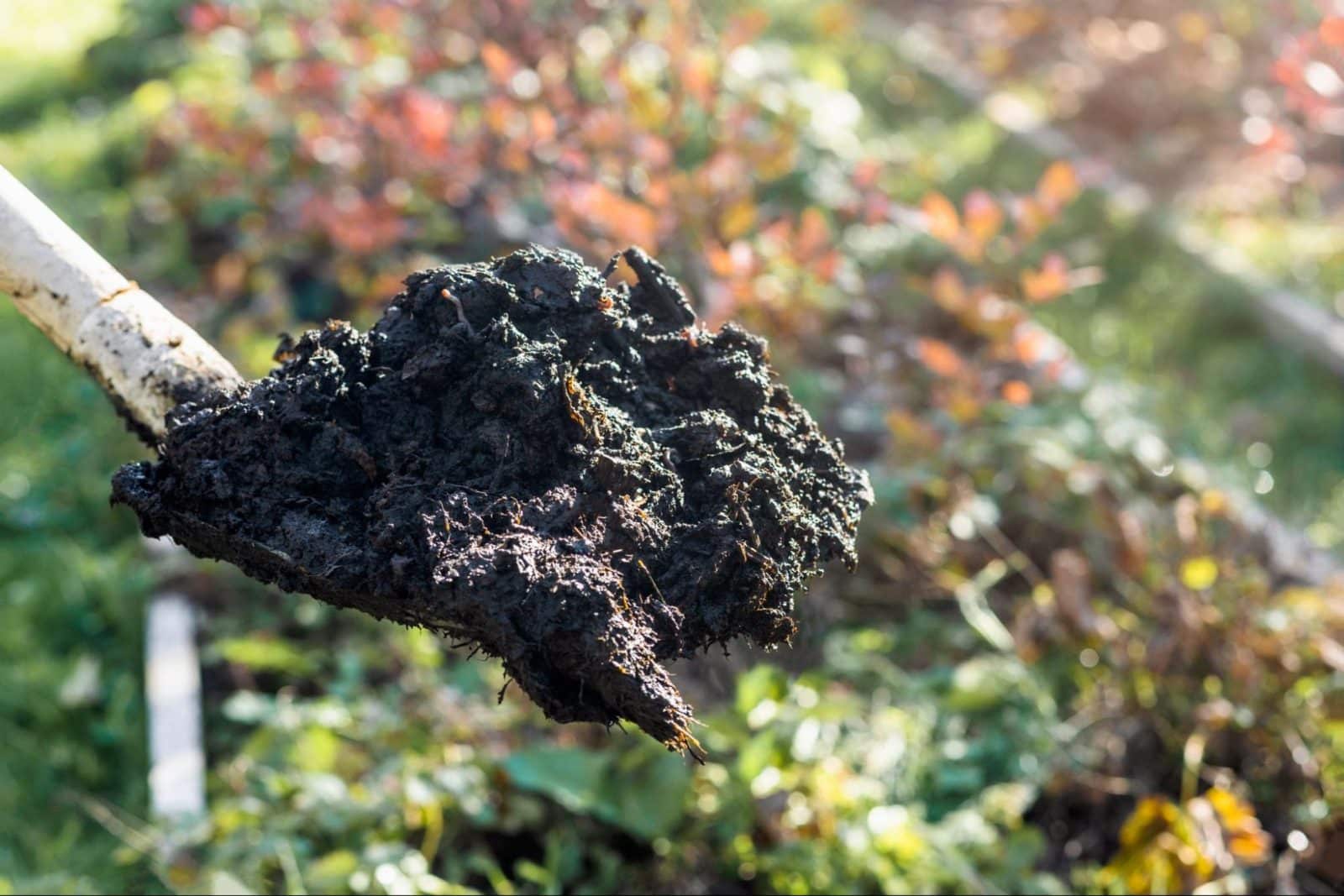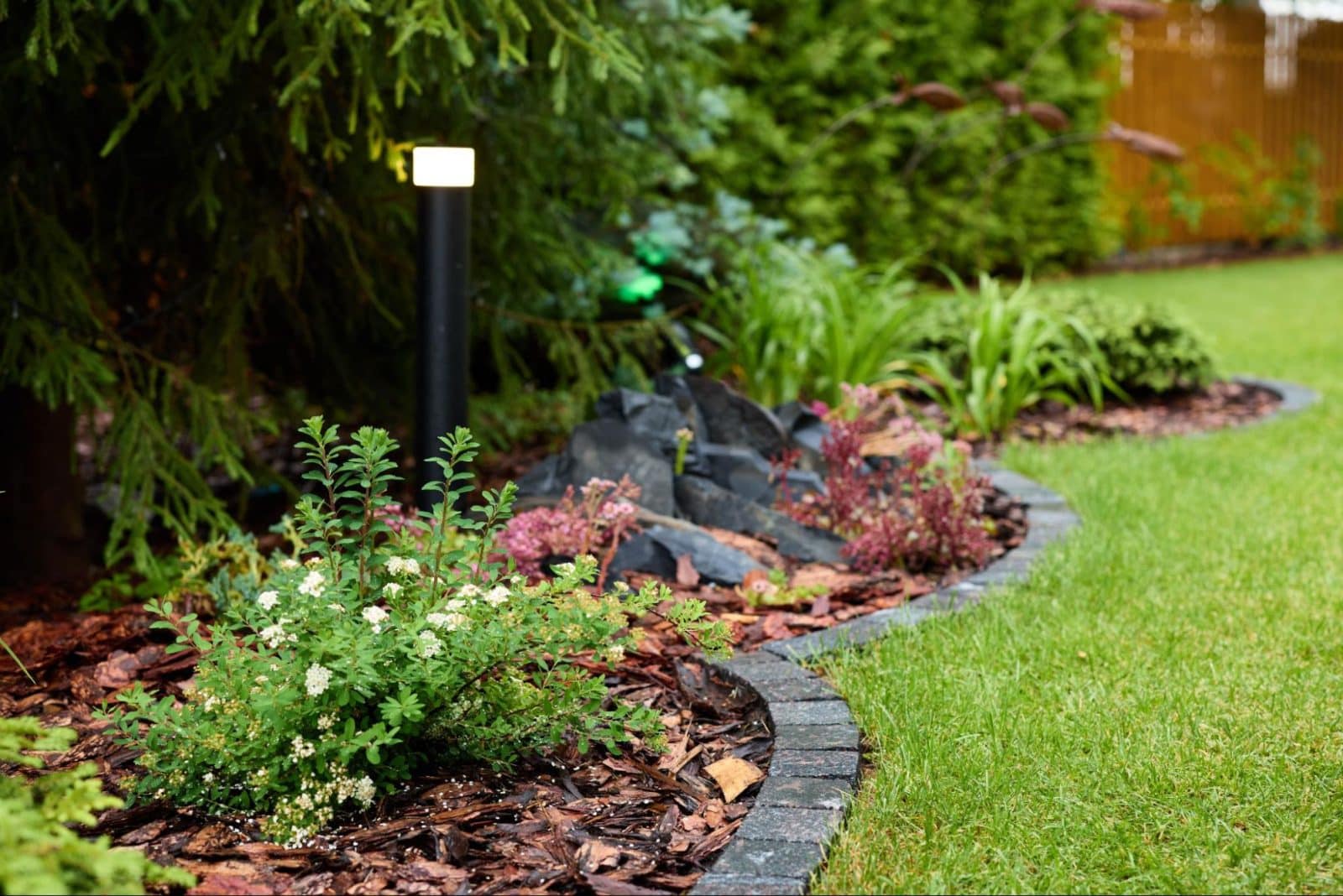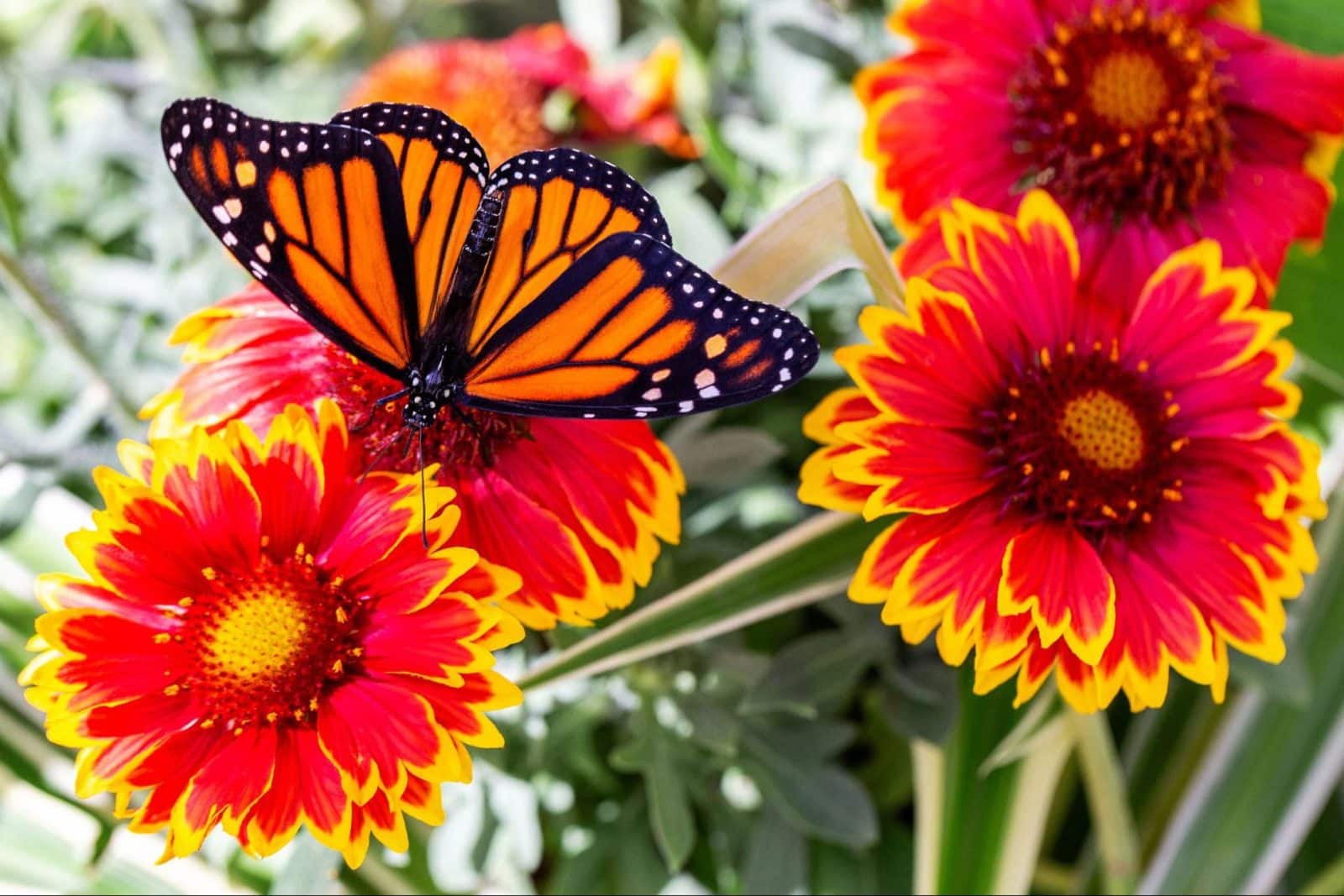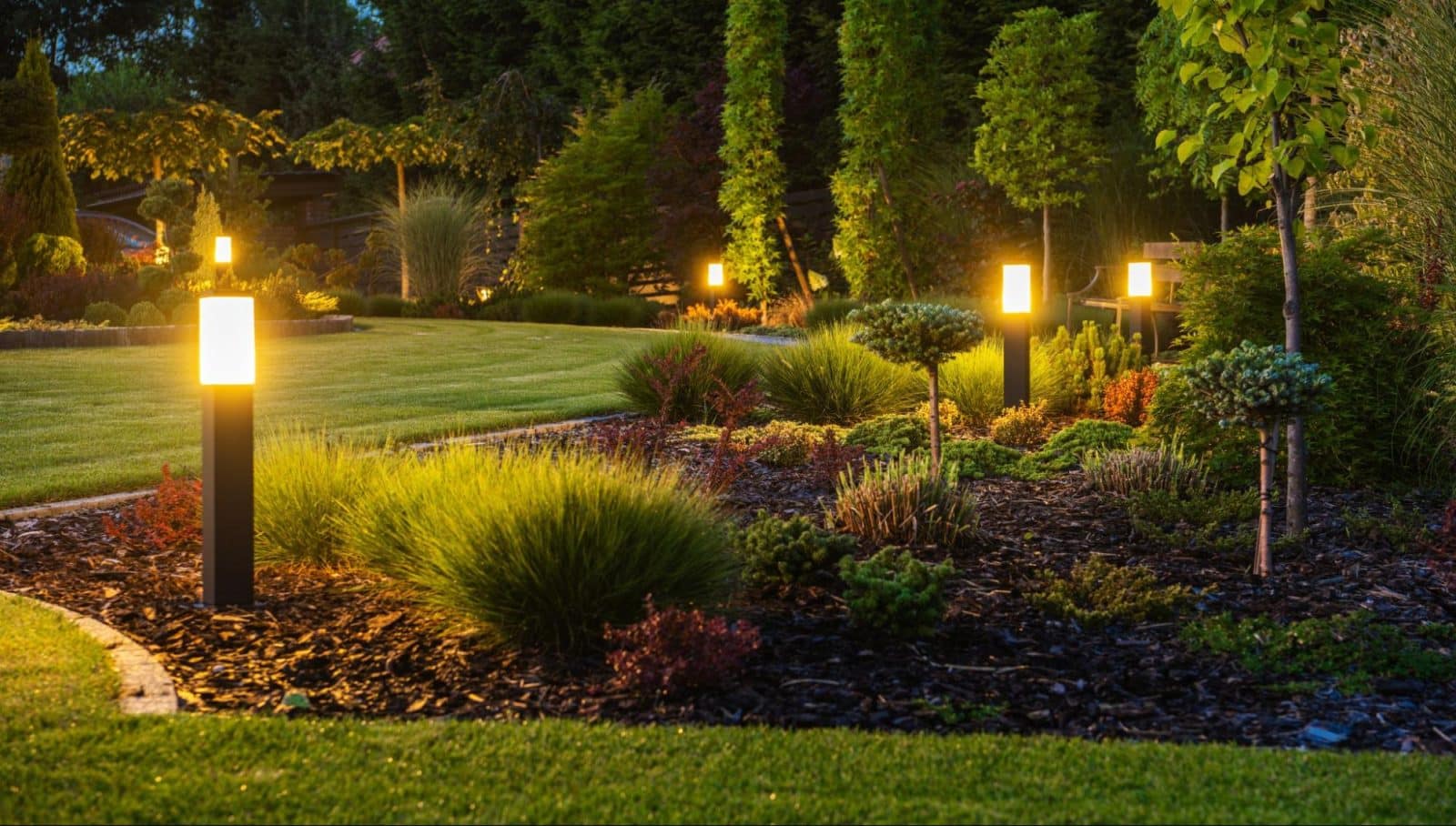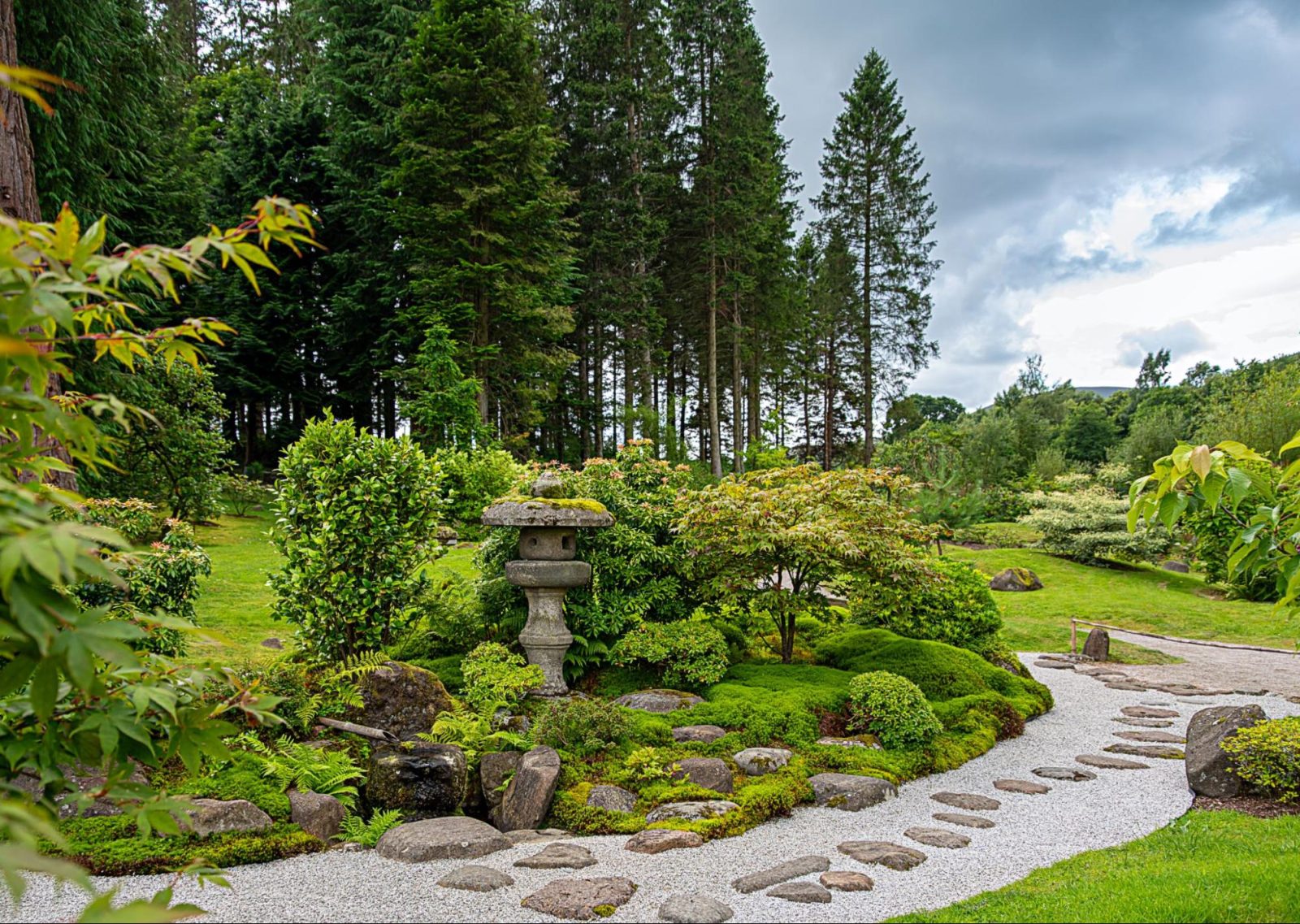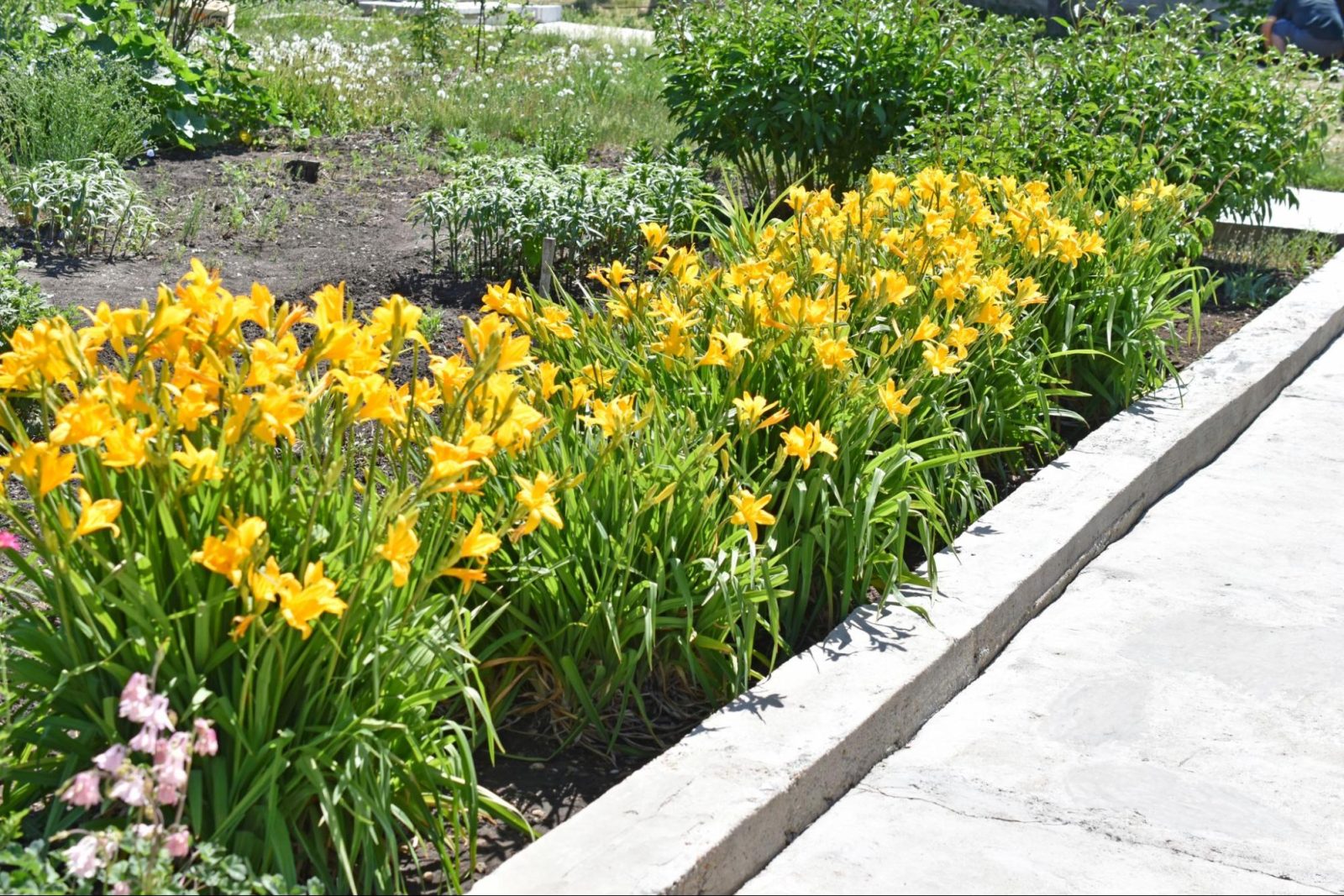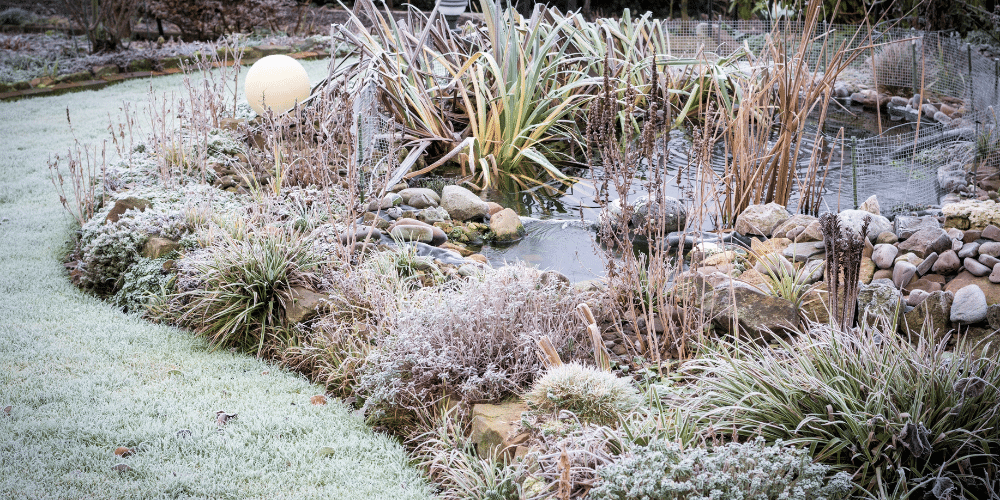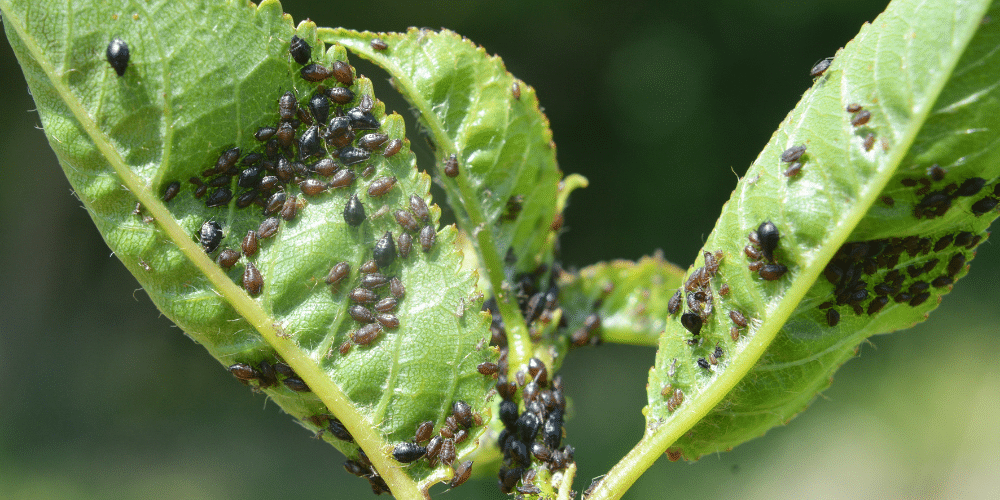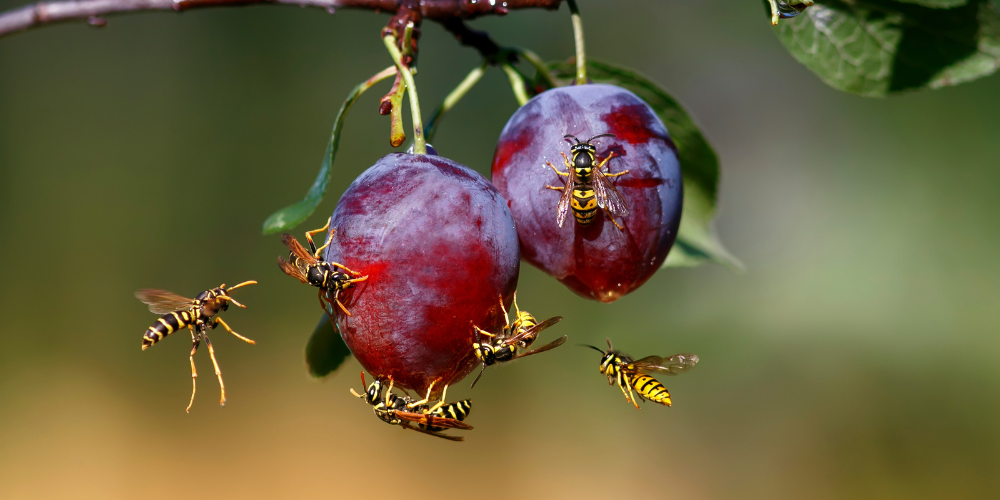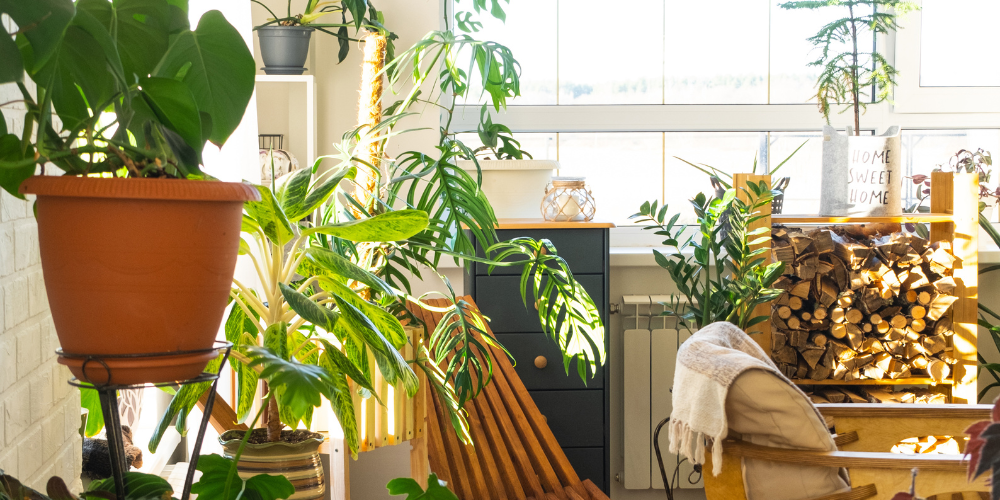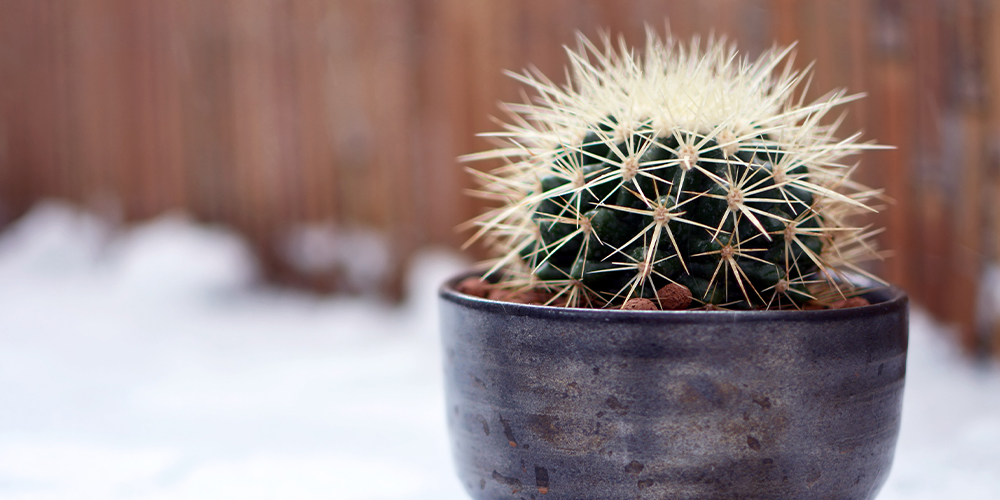
What is dormancy, and why do some plants do it but not others? Dormancy essentially means that your plant has stopped or slowed its growing process. Plants go into dormancy when they face adverse conditions that aren’t ideal for growing. During dormancy, they strengthen their root systems and trunks. This is most likely to happen during seasons where growing conditions are not optimal, like a cold and dark Canadian winter.
The most obvious example of dormancy that we see every year is deciduous trees. As the days get shorter and colder in Alberta, the leaves change colour and fall to the ground. This is the process of trees going dormant to survive the winter and start growing again next spring.
Lots of trees have a period of dormancy in summer as well, but it’s less noticeable because trees are not focusing on conserving energy. They’re focusing on circulating water to keep their leaves and limbs cool.
Winter isn’t the only season that causes plants to go dormant though, it also often occurs for plants that live somewhere with a dry season. When the humidity goes below about 30%, many plants will likely go into dormancy. Then they focus their energy on keeping the existing foliage and roots hydrated.
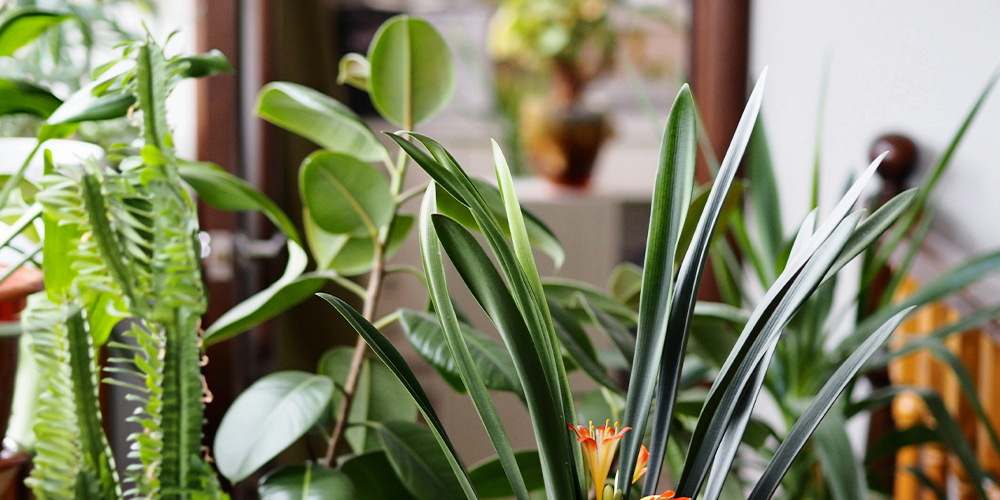
But Why Do Houseplants go Dormant?
So you would think that our houseplants would not go dormant since it doesn’t get colder in our homes the way it does outside. But, light and humidity are big triggers. When the days get shorter, our plants know that putting out new growth will use too much energy, and they may not have enough light every day to replace the energy needed to produce new growth.
When we turn our furnaces on, the air in our homes gets drier. So our plants start to conserve energy inside the roots and trunks to build a stronger internal system that can withstand harsher conditions, like low light, extreme cold, and dryness. This will sustain the plant until ideal temperatures, light, and humidity return to levels that allow plants to create, use, and store energy efficiently again.
Is Dormancy Essential?
Dormancy isn’t a bad thing, even though it sounds like it’s caused by our plants getting stressed out. Dormancy allows your plant to rest and to develop a stronger root and trunk system. In that way, it’s an important part of its growing cycle.
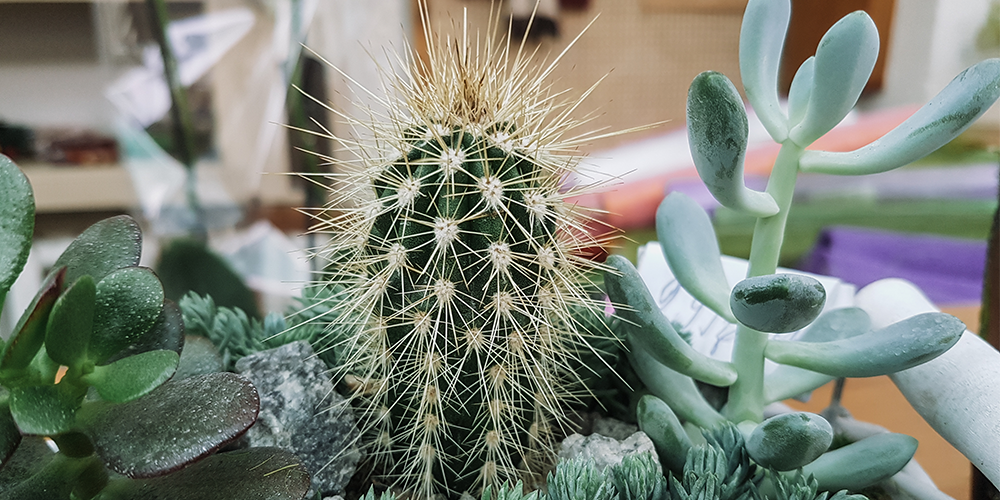
Can I Help My Dormant Plants?
Outdoors, mulching our plants, wrapping them with protective fabric, or spraying with an anti-desiccant can help protect our shrubs and trees.
Indoors, we can add grow lights and a humidifier and keep the temperature consistent. These measures will help our plants stay healthy, even though their dormancy. But we shouldn’t try to eliminate dormancy completely. Rest periods are important for plants, just like they are for us.
You can use artificial grow lighting to support your plants, at relatively close proximity to the plant, through the winter. Use an automatic timer with your lights, so you don’t have to remember it every morning and every night.
Signs and Symptoms of Dormancy
There are a few signs of dormancy, but they can be pretty subtle.
- Your plant may look a little pale, and it might lose leaves.
- Your plant will stop putting out new growth, or it may be putting out new growth much more slowly.
- Your plant will use less water, so the soil will stay wet longer after watering. Check before you water.
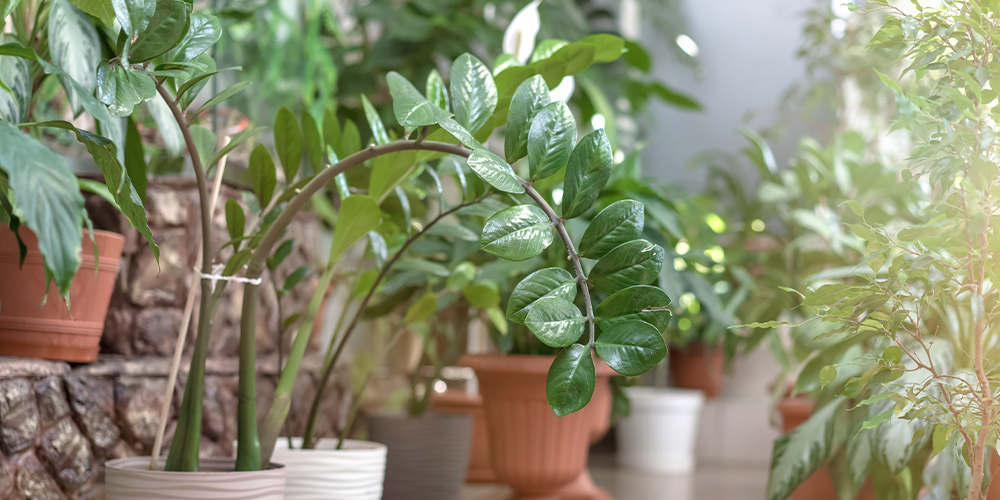
Some plants, like caladiums, have a dramatic dormancy like trees and may drop their leaves entirely, leaving you with an empty pot. Despite their sad appearance, don’t throw your caladiums out in the winter””they’re not dead yet! In spring, they’ll push up beautiful brand-new growth.
Some plants follow a specific seasonal dormancy period, but others don’t. Plants like the ZZ plant may go dormant for a very long time, anywhere from 2-3 months to 2 years. In that time, its storing energy in the tubers and stems. When it decides it’s ready to put out new growth (you know how a watched pot never boils?), it will probably put out quite a bit in just a few weeks or months. Pothos may also have unpredictable dormancy periods.
You may also notice some plants don’t seem to care about the fact that winter has come. Low light plants like Snake Plants and Prayer plants thrive with surprisingly low light levels, so they may produce new leaves and shoots all winter long.
Whatever your plants do for the winter, if they decide to hibernate or not, just keep up consistent care, like checking if the soil is dry before watering and regularly inspecting them for pests infestations.

